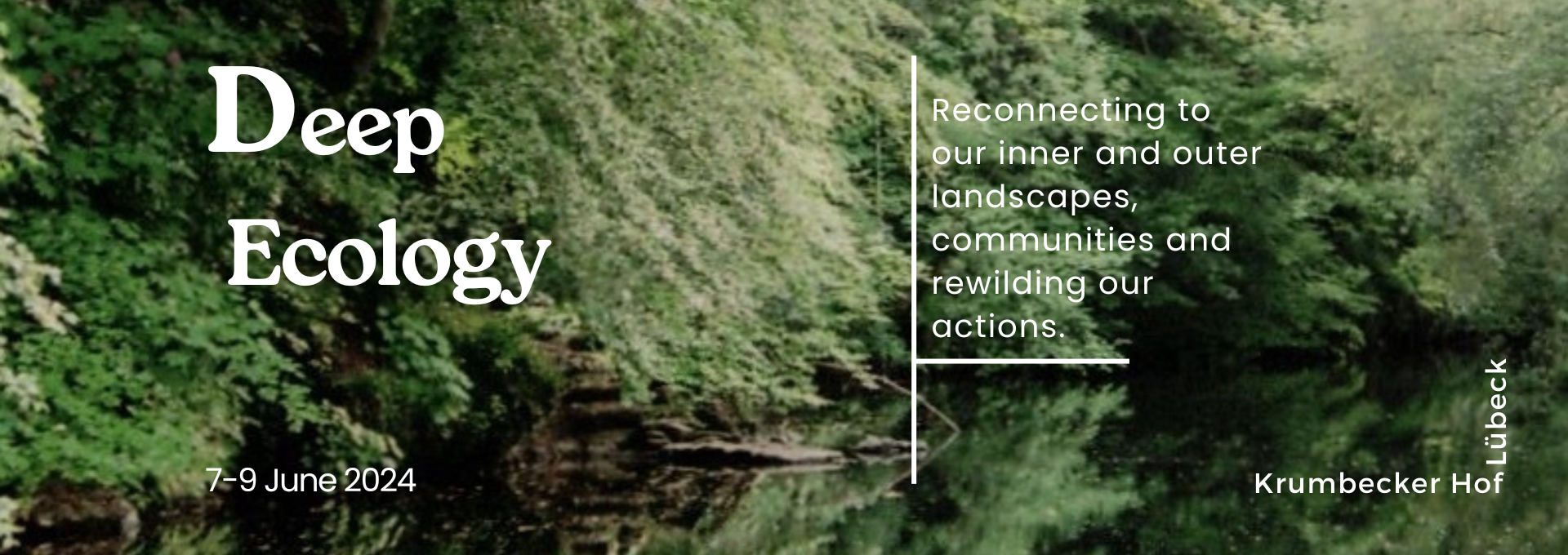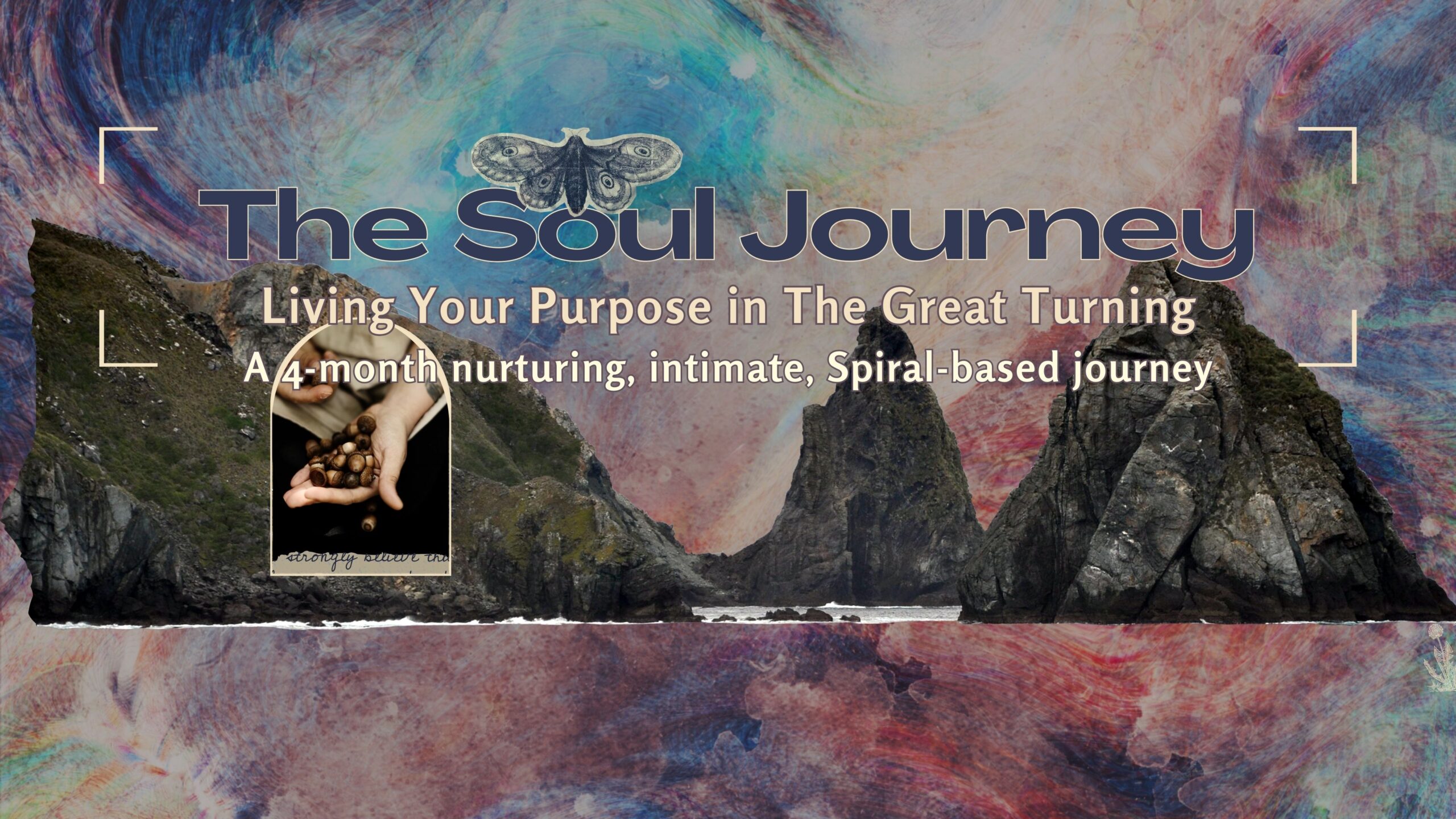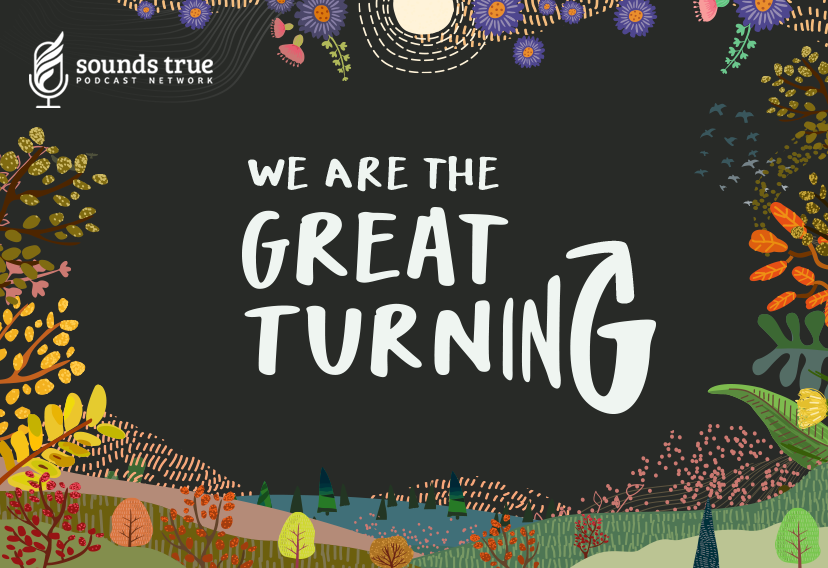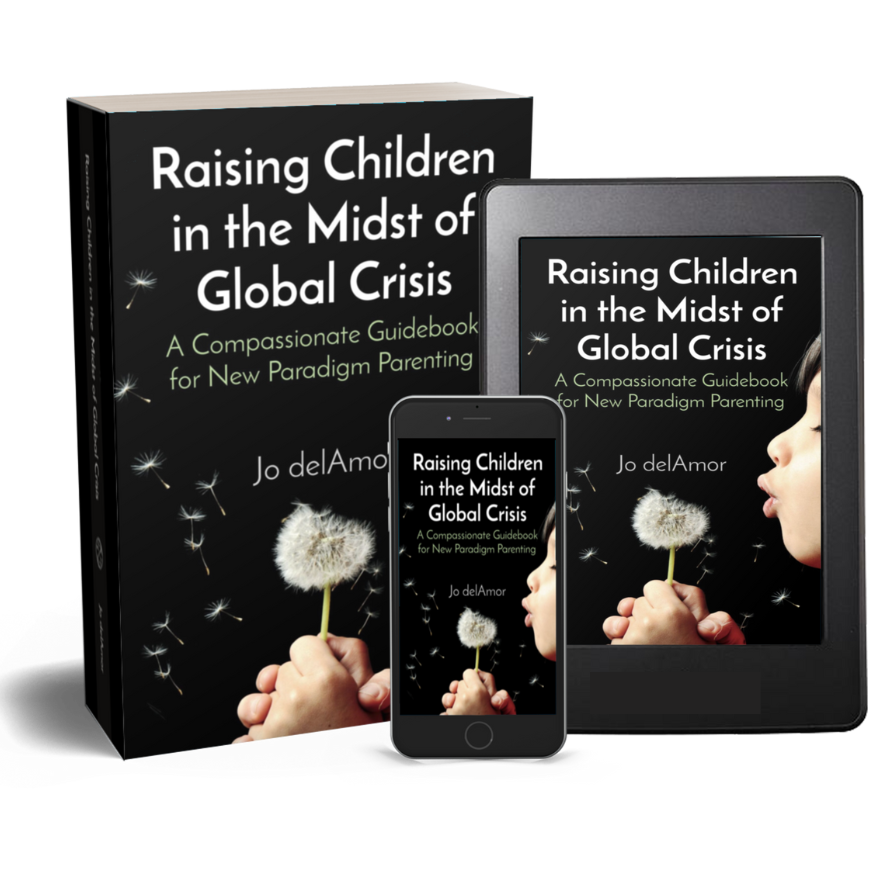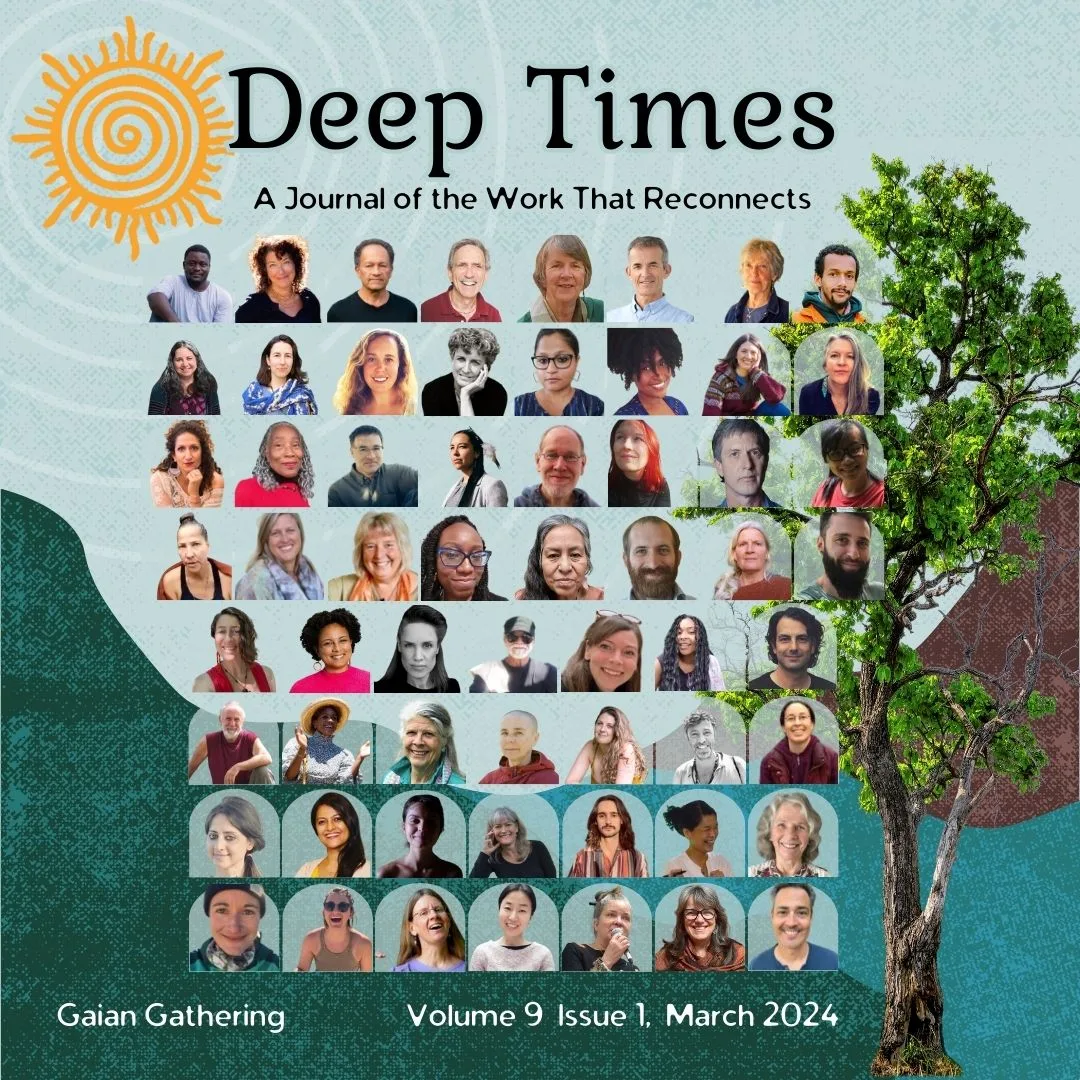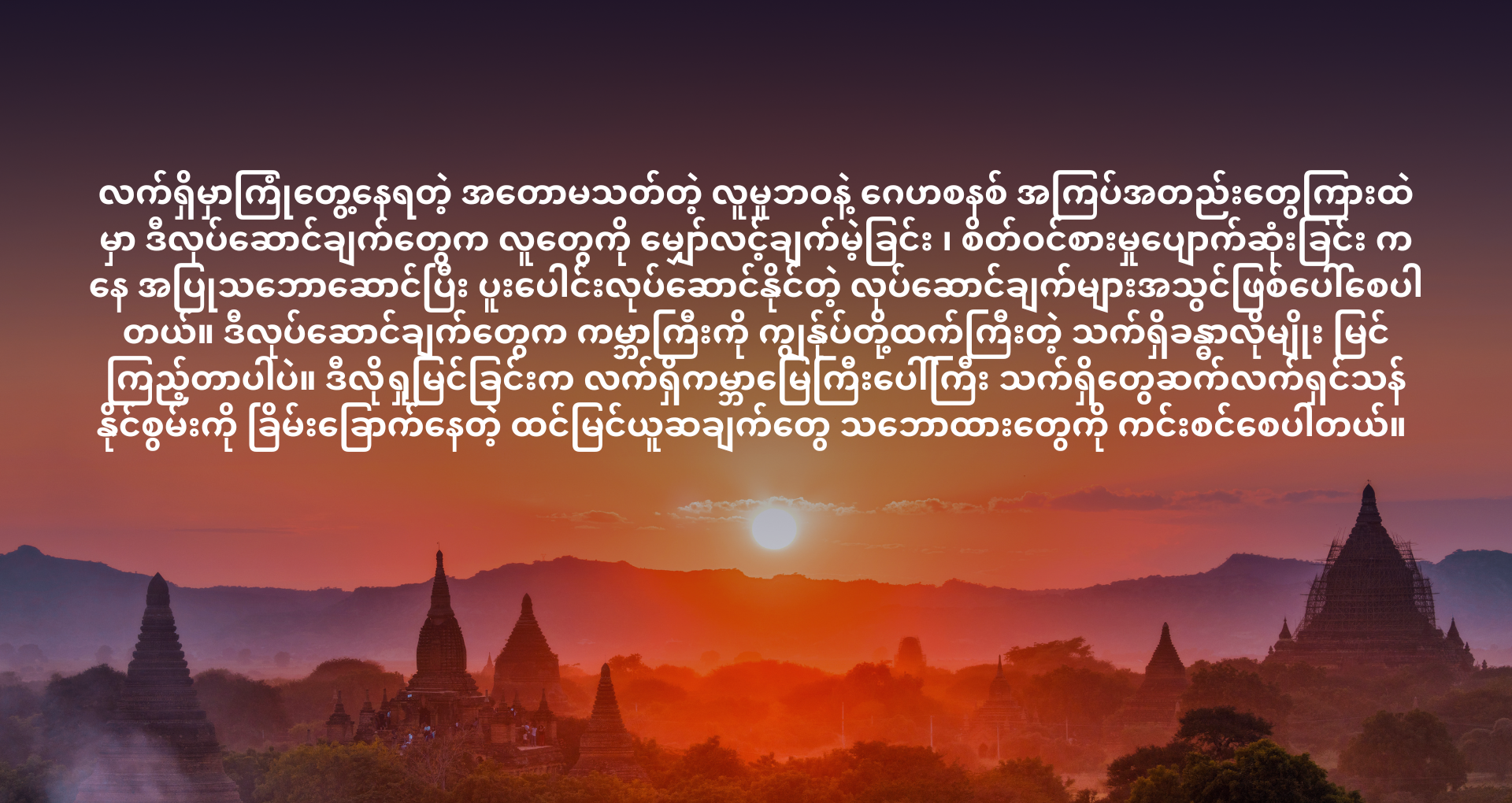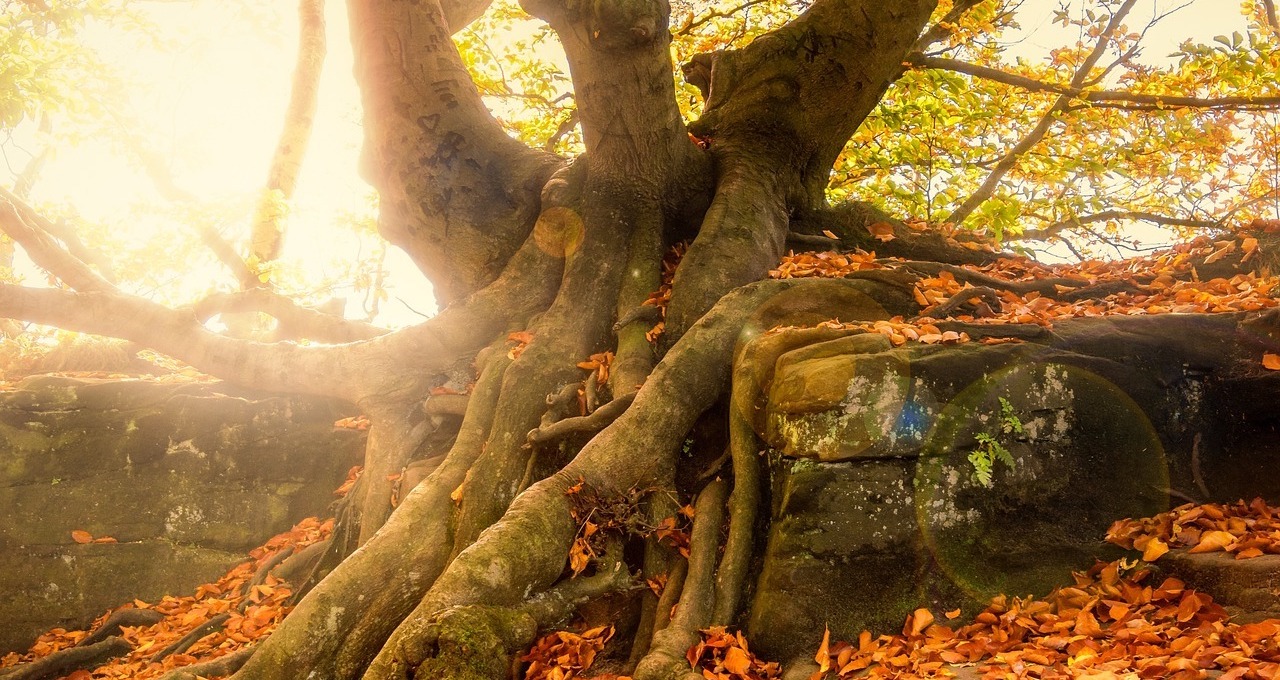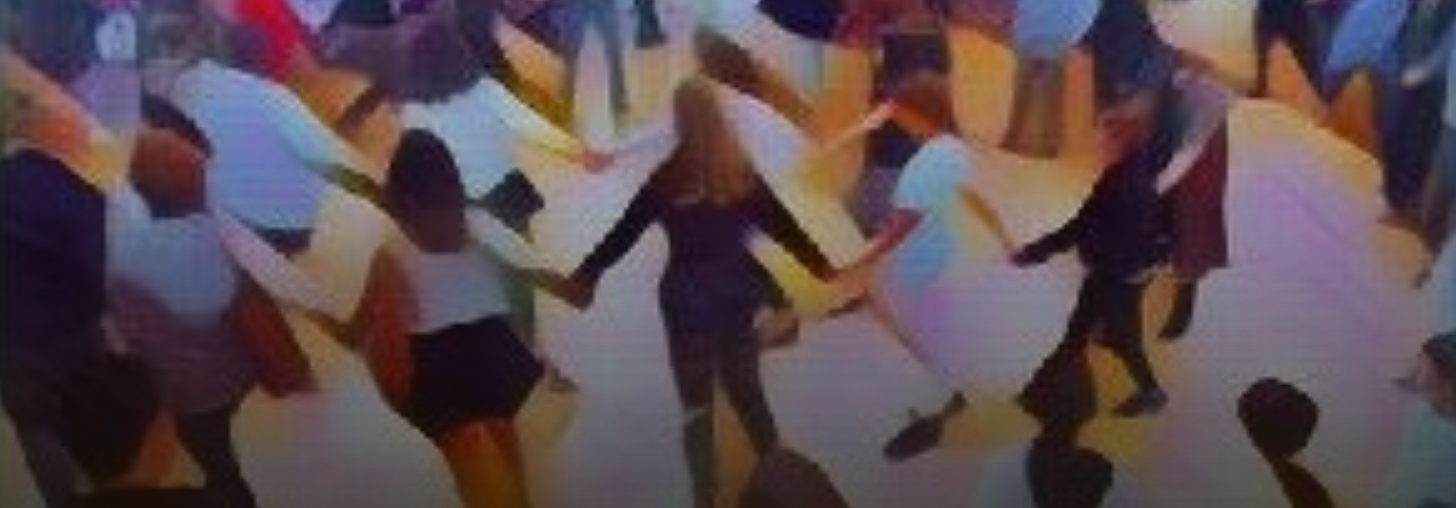- Practices
- Honoring Our Pain
- Emerging Facilitators
- Facilitators
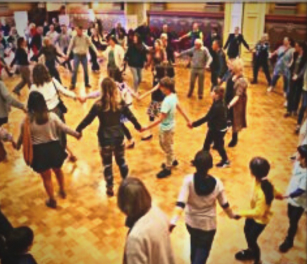
The Milling (revised)
Revised by Molly Brown in 2017, incorporating ideas from a version by Kaia Svien. Originally from chapter 7 of Coming Back to Life by Joanna Macy and Molly Brown; second edition, published 2014. Please acknowledge the source when you use any of these practices.
Note from Molly Brown: Kaia Svien adapted this beloved practice for use in a workshop focused on overcoming racism. When I learned about her version in 2016, I realized that the original didn’t sufficiently address people’s experience of social oppression (racism, sexism, heterosexism, classism, ableism, etc). So I added an encounter (#6), based on Kaia’s version, to the original practice for use in any Spiral workshop.
Time: 20 Minutes
This active and non-verbal practice provides a change of pace after people have been sitting and talking. The silent encounters help people to see each other more fully in their shared humanity. The present global realities strike us with greater impact when we relate to our face-to-face experience of another person. To confront their possible suffering and death seems to jolt our minds and hearts more than imaging of our own.
Be sure, as the guide, that your comments are non-manipulative. Never tell people what to think or feel. Keep your suggestions in accordance with present reality. For example, do not say: “See this person as a victim of nuclear attack.” Rather: “Let the possibility arise in your mind that this person might…” Use an ordinary tone of voice, without drama or sentimentality. We offer one “patter” here, just to give the flavor and tenor of this practice.
Method
Moving back chairs and cushions to make a large open space in the room, invite people to “mill” – to circulate around the room at a fairly energetic pace, without talking. Stress that they are to remain silent throughout the whole practice.
Let your eyes go out of focus; you won’t bump. Use the whole space so we don’t get into a snarl in the middle. Soft vision and you won’t collide. If you find us all going in the same direction, turn around and go upstream.
- In the first part, people are moving quickly, as on busy city streets. Hurry; this is the so-called modern society and time is money. Keep moving. No talking. Embellish this a bit, reminding people how time is accelerating. You are an important person with important things to do. Feel in your body the tension of having to make your way through all these moving obstacles.
- Next, the pace slows and participants become aware of each other’s presence. Now we slow down a bit. We see the faces around us. “Oh, I’m not alone here.” Our eyes may engage as we pass.
Then begins a series of one-to-one encounters. Take care to point out that when they meet, they don’t need to lock eyes. They can simply relax their gaze and open their awareness to the whole person. Be sure to give ample milling time between encounters, to relieve the intensity and allow the experience to sink in.
-
- The first encounter draws attention to the sheer presence of the other, and their choice to be here. And you find yourself in front of someone – and stop. If it’s comfortable, take their right hand in yours. This person is alive on planet Earth at the same time as you, born into the same period of crisis, danger, speed, and injustice. And this person has chosen to be here today, has chosen to put aside other activities, tasks and pleasures, in order to come here to join the rest of us in a time of deep foreboding and strife, to look together at what’s happening in our world. This person spoke earlier of their love for this life. Here is someone who is unafraid to love the gift of being alive on this planet. It’s like medicine. Feel your gratitude for your partner’s choice to be here and silently acknowledge your parting… And we move on, go back to slow milling….
- In the following encounter, the focus moves to the other person’s knowledge of our present situation, and their willingness to face it. You are looking into the face of someone who has a good clue what’s going on in our world. Give two or more examples of what’s going on, such as the following: forests being clear-cut, small farms forced out of business, crops genetically engineered, fracking, mountain-top removal, mass incarceration and police killings of people of color, the corporate military complex and its wars against people of the global majority, corporate exploitation of indigenous lands, radiation spreading from Fukushima and other nuclear power plants, the huge threat of climate disruption. Sense your partner’s awareness of the terrible injustice, inequality, and pain that surrounds and wounds us all in different ways… This person knows this is going on, yet they haven’t closed their eyes, haven’t turned away… This person pays attention to all this. Experience your respect for their courage. Silently acknowledge your parting… as we move on, go back to slow milling….
(Optional) In this next encounter, the sense of touch is used to heighten awareness and imagination. And again we find ourselves in front of another person, and again we take their right hand in ours, but this time we close our eyes as soon as we’ve connected. Close your eyes so that all your attention can go into the sensation of touch. What is this object you are holding? There is life in it… (See the Cradling for ideas of what to include here. If you plan to use the Cradling in the same workshop, omit this encounter.)
- Now the focus moves to the other person’s experience of oppression and privilege in today’s society. Now stopping in front of your next partner… As you breathe and take in the presence of your partner, let your awareness open widely to hold the complexities and confusion this person experiences due to being born with their particular skin color, culture, abilities and disabilities, and gender. Open to the social privilege or discrimination this person may have experienced as a result. Invite yourself to open now to the immeasurable and unnamed losses your partner has suffered for a lifetime of being deeply impacted by privilege or oppression… Find a simple, silent way to acknowledge the journey that you each are making to come back fully to life… to partake in its shared and multifaceted richness… Nod your head to acknowledge all that has moved through you in the presence of this partner… And we move on, going back to slow milling….
- In this last encounter, we acknowledge the danger each person faces in this planet time and the gifts they can bring to it. Moving on, we come to our last encounter. Facing each other, put your hands together palm to palm at shoulder height… Before you stands someone living in a beautiful, fragile, and poisoned planet. In their body, as in yours, are toxins that can bring cancer and immune disease. This person, like you, can die from a nuclear accident or attack, or from a flood or drought or a plague triggered by climate change. They could die at the hands of police. We can face this together. We must not let our common danger separate us. Let it bond us. Keep breathing….
Now there’s another thing to see in this face. Allow your awareness to open to the real possibility that this person will play a pivotal role in the Great Turning to a life-sustaining civilization. They have the gifts, the strengths, the motivation. Allow that possibility to enter your mind and let them know how you feel about it.
Some guides have people sit down with their last partner for a few minutes of sharing.
Adaptations:
Molly Brown adapted an online version of the Milling in 2019.
